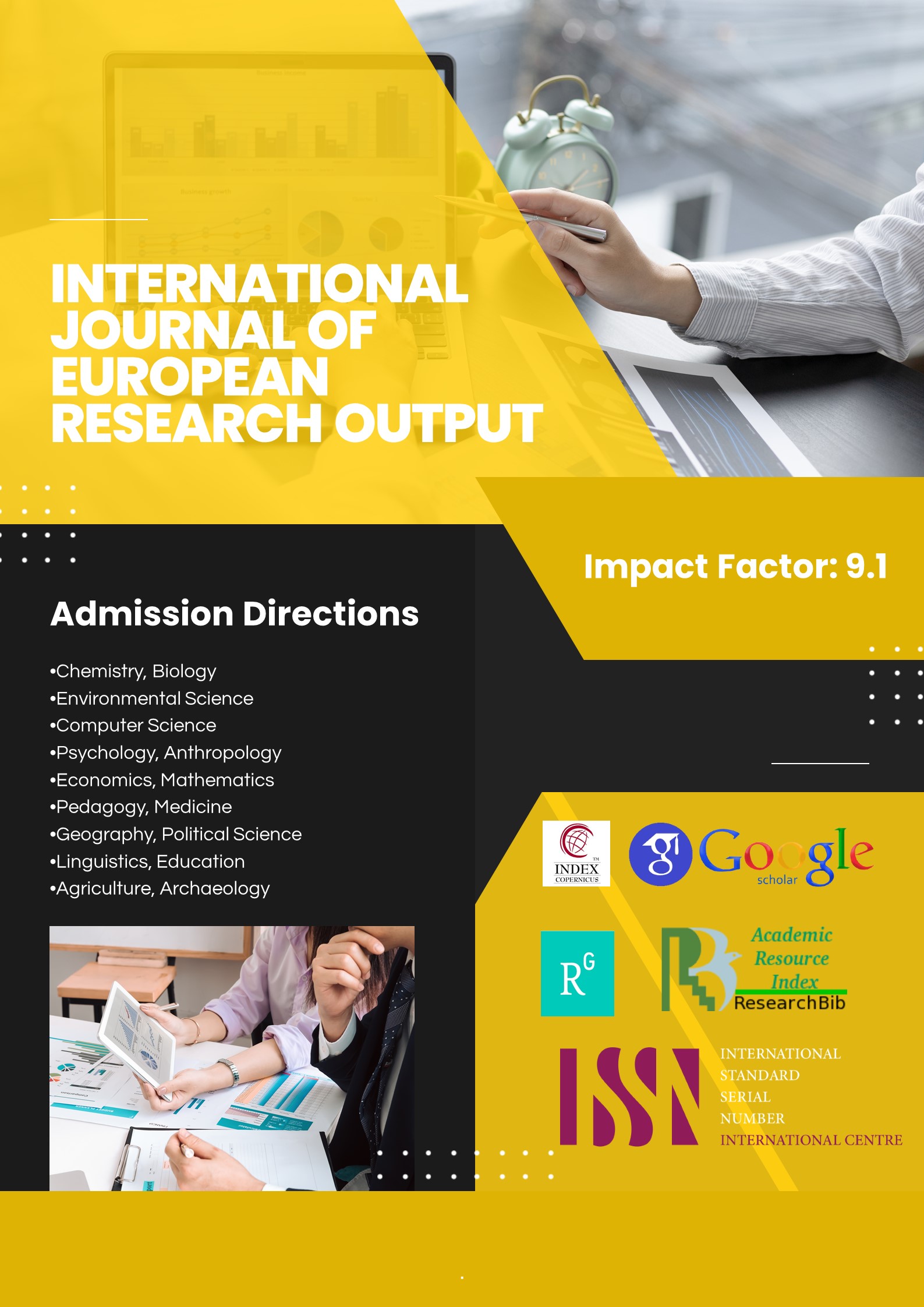Future trends in language education: what to expect?
Main Article Content
Abstract
In recent years, advancements in digital technology have profoundly transformed language education, enabling more personalized, flexible, and engaging learning experiences. This article explores current and emerging trends in language education, focusing on the impact of digital tools such as artificial intelligence (AI), virtual reality (VR), mobile-assisted language learning (MALL), gamification, and blended learning models. Each of these technologies contributes uniquely to the field, fostering accessibility and enabling adaptive learning paths tailored to individual needs. AI-driven platforms provide personalized content and immediate feedback, improving learner outcomes and retention, while VR and AR offer immersive environments that simulate real-world language use, enhancing conversational skills and cultural understanding. Gamification further sustains learner motivation through interactive challenges, points, and rewards, making language learning more engaging and goal-oriented. Mobile applications and MALL approaches allow flexible, anytime-anywhere learning, accommodating a wide range of learning styles and schedules. While digital technologies offer numerous benefits, they also introduce challenges such as the need for equitable access, digital literacy, and the training required to integrate these tools effectively. Additionally, the digital divide remains a barrier for learners in under-resourced areas, highlighting the need for solutions that provide inclusive access to these innovations. This article discusses the role of educators in this digital shift, underscoring the importance of continuous professional development to maximize the impact of digital tools. It also examines the ethical considerations surrounding data privacy and security, essential for building trust among learners. The article concludes with recommendations for future research and development, advocating for learner-centered approaches that prioritize inclusivity and adaptability. As language education continues to evolve, these digital trends offer a roadmap for creating more effective, accessible, and meaningful language learning experiences in a rapidly globalizing world.
Article Details
References
Blyth, C. (2018). Immersive technologies and language learning: From theory to practice. Language Learning & Technology, 22(1), 1-9.
Burston, J. (2014). MALL: The pedagogical challenges. Computer Assisted Language Learning, 27(4), 344-357. doi:10.1080/09588221.2014.914539
Byram, M. (1997). Teaching and assessing intercultural communicative competence. Multilingual Matters.
Chun, D. M., Kern, R., & Smith, B. (2016). Technology in language use, language teaching, and language learning. The Modern Language Journal, 100(S1), 64-80.
Dema, O., & Moeller, A. J. (2012). Teaching culture in the 21st century language classroom. In S. Dhonau (Ed.), Dimension (pp. 75-86). SCOLT Publications.
Deterding, S., Dixon, D., Khaled, R., & Nacke, L. (2011). From game design elements to gamefulness: Defining "gamification". In Proceedings of the 15th International Academic MindTrek Conference: Envisioning Future Media Environments (pp. 9-15).
Faiella, F., & Ricciardi, M. (2015). Gamification and learning: A review of issues and research. Journal of e-Learning and Knowledge Society, 11(3), 13-21.
Godwin-Jones, R. (2015). Emerging technologies: The evolving roles of language teachers: Trained coders, local researchers, global citizens. Language Learning & Technology, 19(1), 10-22.
Golonka, E. M., Bowles, A. R., Frank, V. M., Richardson, D. L., & Freynik, S. (2014). Technologies for foreign language learning: A review of technology types and their effectiveness. Computer Assisted Language Learning, 27(1), 70-105.
Graham, C. R. & Dziuban, C. D. (2008). Blended learning environments. In Handbook of research on educational communications and technology (pp. 269-276). Routledge.
Huynh, T., & Khoo, T. (2016). The impact of gamification on learning engagement in an online learning environment. International Journal of Educational Technology in Higher Education, 13, 31-49.
Kukulska-Hulme, A., & Shield, L. (2008). An overview of mobile assisted language learning: From content delivery to supported collaboration and interaction. ReCALL, 20(3), 271-289.
Marsh, D. (2012). Blended learning: Creating learning opportunities for language learners. Cambridge University Press.
Pérez-Paredes, P. (2019). The impact of artificial intelligence on language learning and teaching: Considerations for the future. System, 87, 102124.
Reinders, H., & Benson, P. (2017). Research agenda: Language learning beyond the classroom. Language Teaching, 50(4), 561-578.
Siemens, G., & Long, P. (2011). Penetrating the fog: Analytics in learning and education. EDUCAUSE Review, 46(5), 30-32.
Stockwell, G., & Hubbard, P. (2013). Some emerging principles for mobile-assisted language learning. The International Research Foundation for English Language Education.
Thorne, S. L., Black, R. W., & Sykes, J. M. (2009). Second language use, socialization, and learning in internet interest communities and online gaming. The Modern Language Journal, 93, 802-821.
